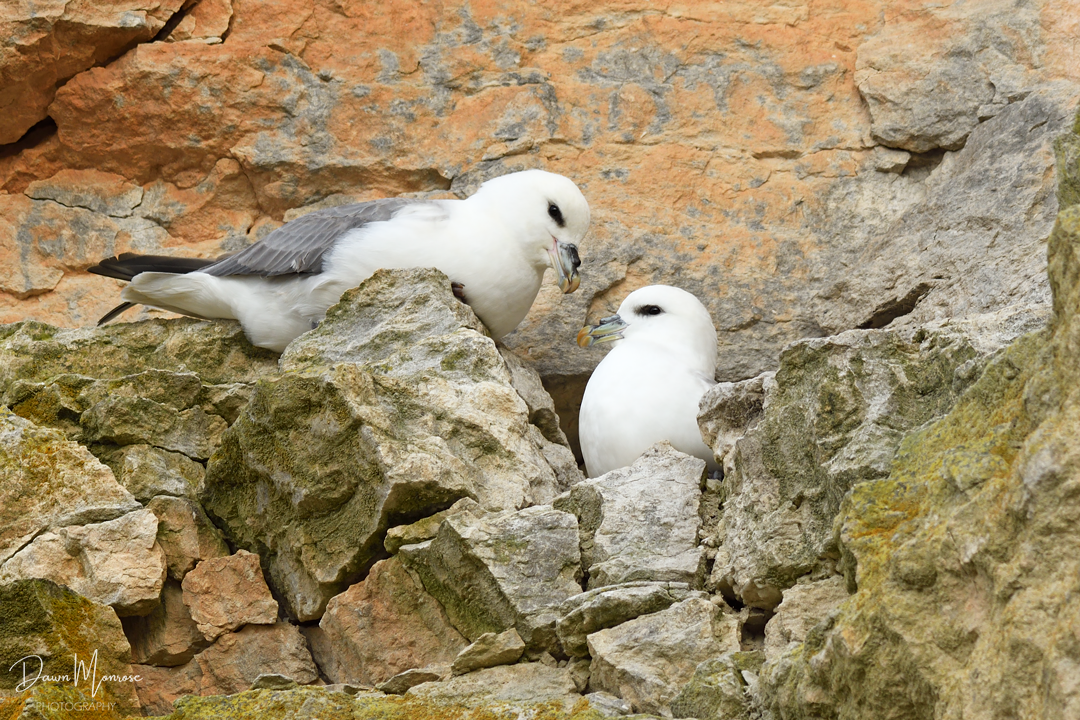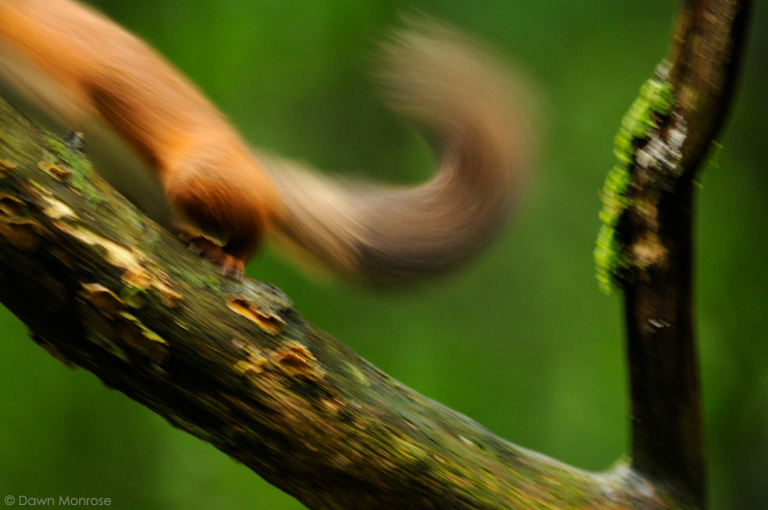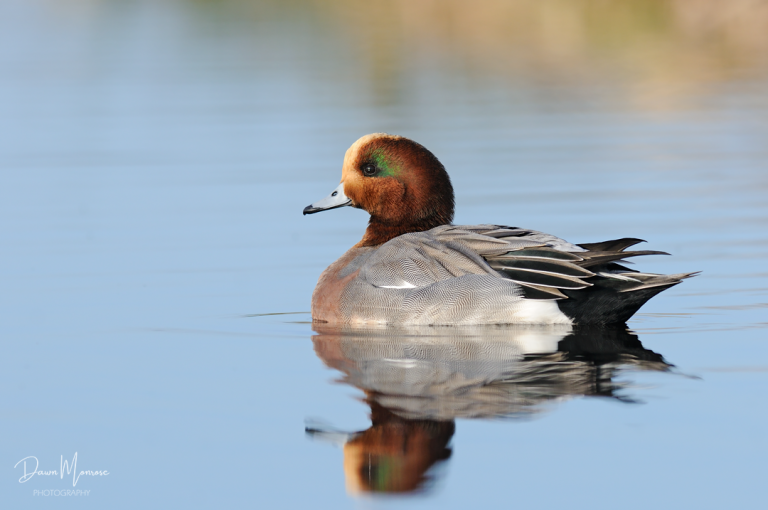Love on the red cliff
Late February. I’ve been visiting one of the very few seabird colonies in Norfolk. East Anglia is well known for it’s general flatness, so the sheer cliffs required to attract breeding sea birds are very rare. One place however, is Hunstanton, with it’s famous red and white cliffs. The red rocks are actually made of chalk with iron providing the rich red colour, and on top of that is a layer of white chalk, both of these laid down in shallow marine conditions during the Cretaceous period. The soft crumbling rock face provides plenty of ledges and nooks for a mini albatross to rest. These handsome birds may look like gulls, but they are actually Fulmars (Fulmarus glacialis), a member of the tubenose family and indeed related to the albatross.
These birds form long-term pair bonds and at this time of year they are getting reacquainted and checking out their nest site in readiness for the breeding season. Courtship appears to involve much shouting at each other, and enthusiastic allopreening. (Mutual preening.)
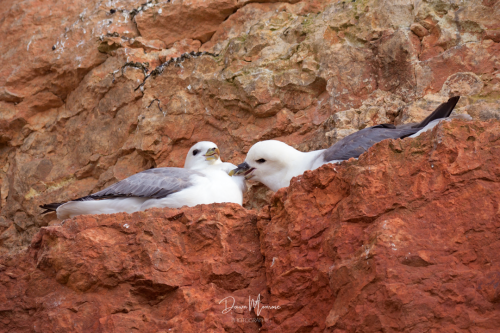
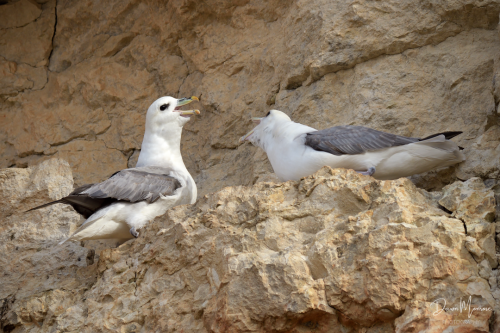
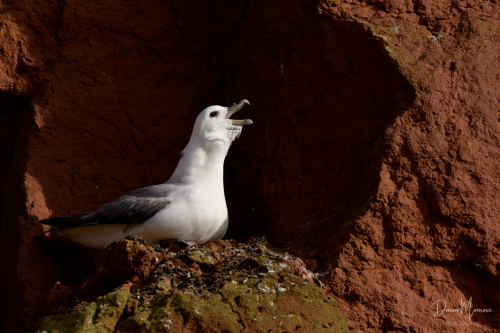
They swoop and glide on their long stiff wings, returning to the cliff with barely a wing beat as they surf the sea breeze.
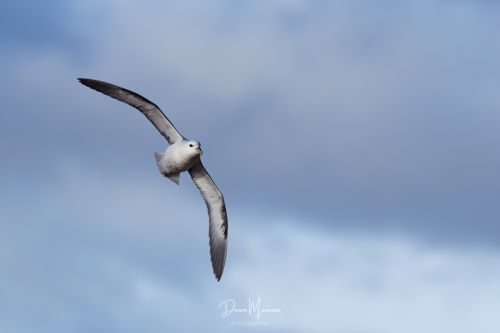
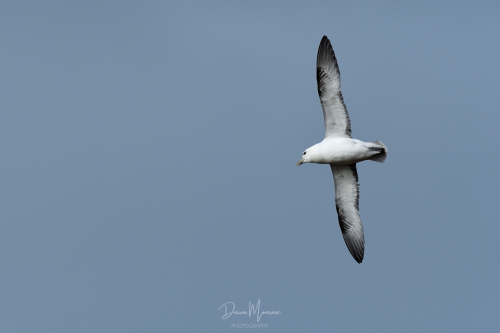
They have greatly expanded their range since the 1800’s, when they only nested in the far north of Scotland, although they have recently declined slightly. Possible causes include ingestion of microplastics and reduced prey numbers. They are long lived birds, living up to 44 years old.
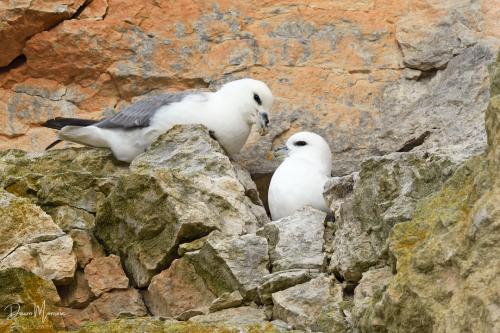
One of my favourite images from my last photo session has to be this last one. Having endured yet another intense rain storm, a vivid rainbow appeared and I just managed to capture this gorgeous Fulmar flying in front of it.
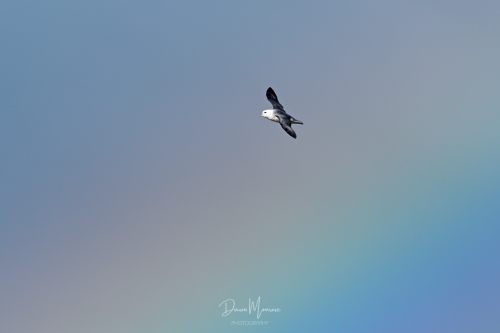
Huge thanks to all my new subscribers, thank you for your support!
Subscribe to the blog via the form below, and get a sneak preview of my latest photos before they arrive on social media!

